Relationship between Flavonoid Chemical Structures and Their Antioxidant Capacity in Preventing Polycyclic Aromatic Hydrocarbons Formation in Heated Meat Model System
Abstract
1. Introduction
2. Materials and Methods
2.1. Materials, Chemicals and Reagents
2.2. Antioxidant Activities of Six Flavonoids
2.2.1. Sample Preparation
2.2.2. DPPH Scavenging Activity
2.2.3. ABTS Assay
2.2.4. FRAP Assay
2.3. Inhibitory Effects of Flavonoids on PAH Formation in Heated Meat Model System
2.4. PAH Extraction and Clean-Up
2.5. PAH Analysis
2.6. Experimental Plan and Statistical Analysis
3. Results and Discussions
3.1. Validation of PAH Analysis Method
3.2. Inhibitory Effects of Various Antioxidants on PAH Formation in Meat Model System
3.2.1. Hydroxylation Patterns on B-Ring
3.2.2. Presence of 2,3 Double Bond at C-Ring
3.2.3. Presence of 3-Glycoside Brand in C-Ring
3.3. Correlation between PAHs Reduction and Flavonoid Activity Accessed by EC50 (DPPH, ABTS Assay) and EC1 FRAP Assay
4. Conclusions
Author Contributions
Funding
Institutional Review Board Statement
Informed Consent Statement
Data Availability Statement
Acknowledgments
Conflicts of Interest
References
- Lu, J.; Zhang, Y.; Zhou, H.; Cai, K.; Xu, B. A review of hazards in meat products: Multiple pathways, hazards and mitigation of polycyclic aromatic hydrocarbons. Food Chem. 2024, 445, 138718. [Google Scholar] [CrossRef] [PubMed]
- Zhu, Z.; Xu, Y.; Huang, T.; Yu, Y.; Bassey, A.P.; Huang, M. The contamination, formation, determination and control of polycyclic aromatic hydrocarbons in meat products. Food Control 2022, 141, 109194. [Google Scholar] [CrossRef]
- Shen, N.; Wang, T.; Gan, Q.; Liu, S.; Wang, L.; Jin, B. Plant flavonoids: Classification, distribution, biosynthesis, and antioxidant activity. Food Chem. 2022, 383, 132531. [Google Scholar] [CrossRef] [PubMed]
- Wongmaneepratip, W.; Na Jom, K.; Vangnai, K. Inhibitory effects of dietary antioxidants on the formation of carcinogenic polycyclic aromatic hydrocarbons in grilled pork. Asian-Australas. J. Anim. Sci. 2019, 32, 1205–1210. [Google Scholar] [CrossRef] [PubMed]
- Hu, Y.; Tian, H.; Hu, S.; Dong, L.; Zhang, J.; Yu, X.; Han, M.; Xu, X. The effect of in-package cold plasma on the formation of polycyclic aromatic hydrocarbons in charcoal-grilled beef steak with different oils or fats. Food Chem. 2022, 371, 131384. [Google Scholar] [CrossRef] [PubMed]
- Scotti, L.; Junior, F.J.B.M.; Moreira, D.R.M.; de Silva, M.S.; Pitta, I.R.; Scotti, M.T. SAR, QSAR, and docking of anticancer flavonoids and variants: A review. Curr. Top. Med. Chem. 2012, 12, 2785–2809. [Google Scholar] [CrossRef] [PubMed]
- Shamsudin, N.F.; Ahmed, Q.U.; Mahmood, S.; Shah, S.A.A.; Sarian, M.N.; Khattak, M.M.A.K.; Khatib, A.; Sabere, A.S.M.; Yusoff, Y.M.; Latip, J. Flavonoids as Anti-diabetic and Anti-Inflammatory Agents: A Review on structural activity relationship-based studies and meta-analysis. Int. J. Mol. Sci. 2022, 23, 12605. [Google Scholar] [CrossRef] [PubMed]
- Zhao, L.; Pan, F.; Li, Y.; Hao, S.; Mehmood, A.; Wang, Y.; Wang, C. Structure characteristics of flavonoids for heterocyclic aromatic amines inhibition using quantitative structure–activity relationship modeling. J. Food Biochem. 2020, 44, e13390. [Google Scholar] [CrossRef] [PubMed]
- Zhao, J.; Huang, L.; Sun, C.; Zhao, D.; Tang, H. Studies on the structure-activity relationship and interaction mechanism of flavonoids and xanthine oxidase through enzyme kinetics, spectroscopy methods and molecular simulations. Food Chem. 2020, 323, 126807. [Google Scholar] [CrossRef]
- Benzie, I.F.F.; Strain, J.J. The Ferric Reducing Ability of Plasma (FRAP) as a Measure of “Antioxidant Power”: The FRAP Assay. Anal. Biochem. 1996, 239, 70–76. [Google Scholar] [CrossRef]
- Thaipong, K.; Boonprakob, U.; Crosby, K.; Cisneros-Zevallos, L.; Byrne, D.H. Comparison of ABTS, DPPH, FRAP, and ORAC assays for estimating antioxidant activity from guava fruit extracts. J. Food Compos. Anal. 2006, 19, 669–675. [Google Scholar] [CrossRef]
- Min, S.; Patra, J.K.; Shin, H.-S. Factors influencing inhibition of eight polycyclic aromatic hydrocarbons in heated meat model system. Food Chem. 2018, 239, 993–1000. [Google Scholar] [CrossRef]
- Arvidsson, P.; Boekel, M.A.J.S.; Solyakov, K.S.M.; Jagerstad, M. Formation of heterocyclic amines in a meat juice model system. Food Sci. 1999, 61, 216–221. [Google Scholar] [CrossRef]
- Chen, S.; Kao, T.H.; Chen, C.J.; Huang, C.W.; Chen, B.H. Reduction of carcinogenic polycyclic aromatic hydrocarbons in meat by sugar-smoking and dietary exposure assessment in Taiwan. J. Agric. Food Chem. 2013, 61, 7645–7653. [Google Scholar] [CrossRef]
- Farhadian, A.; Jinap, S.; Hanifah, H.N.; Zaidul, I.S. Effects of meat preheating and wrapping on the levels of polycyclic aromatic hydrocarbons in charcoal-grilled meat. Food Chem. 2011, 124, 141–146. [Google Scholar] [CrossRef]
- Santos, C.; Gomes, A.; Roseiro, L.C. Polycyclic aromatic hydrocarbons incidence in Portuguese traditional smoked meat products. Food Chem. Toxicol. 2011, 49, 2343–2347. [Google Scholar] [CrossRef]
- Duedahl-Olesen, L.; Aaslyng, M.; Meinert, L.; Christensen, T.; Jensen, A.H.; Binderup, M.-L. Polycyclic aromatic hydrocarbons (PAH) in Danish barbecued meat. Food Control 2015, 57, 169–176. [Google Scholar] [CrossRef]
- COMMISSION REGULATION (EU) No 835/2011; Amending Regulation (EC) No 1881/2006 as Regards Maximum Levels for Polycyclic Aromatic Hydrocarbons in Foodstuffs. European Union: Brussels, Belgium, 2011.
- Sharma, B.; Shah, D.U.; Beaugrand, J.; Janeček, E.R.; Scherman, O.A.; Ramage, M.H. Chemical composition of processed bamboo for structural applications. Cellulose 2018, 25, 3255–3266. [Google Scholar] [CrossRef]
- Van Acker, S.A.; van der Berg, D.J.; Tromp, M.N.; Griffioen, D.H.; Van Bennekom, W.P.; Van Der Vijgh, W.J.F.; Bast, A. Structural aspects of antioxidant activity of flavonoids. Free Radic. Biol. Med. 1996, 20, 331–342. [Google Scholar] [CrossRef]
- Arti, A.; Muraleedharan, N.G.; Strasburg, G.M. Structure–Activity Relationships for Antioxidant Activities of a Series of Flavonoids in a Liposomal System. Free Radic. Biol. Medic. 1998, 24, 1355–1363. [Google Scholar]
- Bors, W.; Michel, C.; Schikora, S. Interaction of flavonoids with ascorbate and determination of their univalent redox potentials a pulse radiolysis study. Free Radic. Biol. Med. 1995, 19, 45–52. [Google Scholar] [CrossRef] [PubMed]
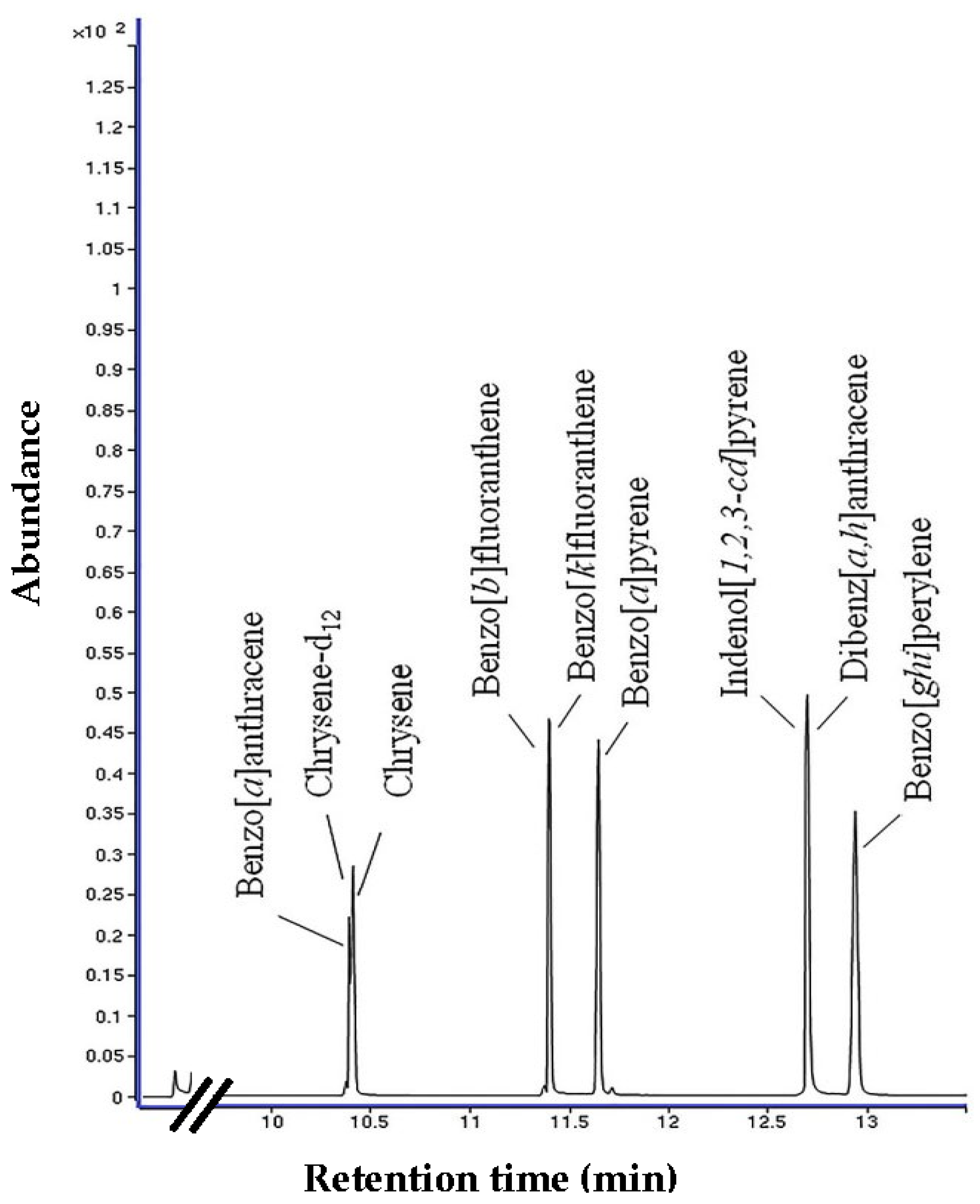
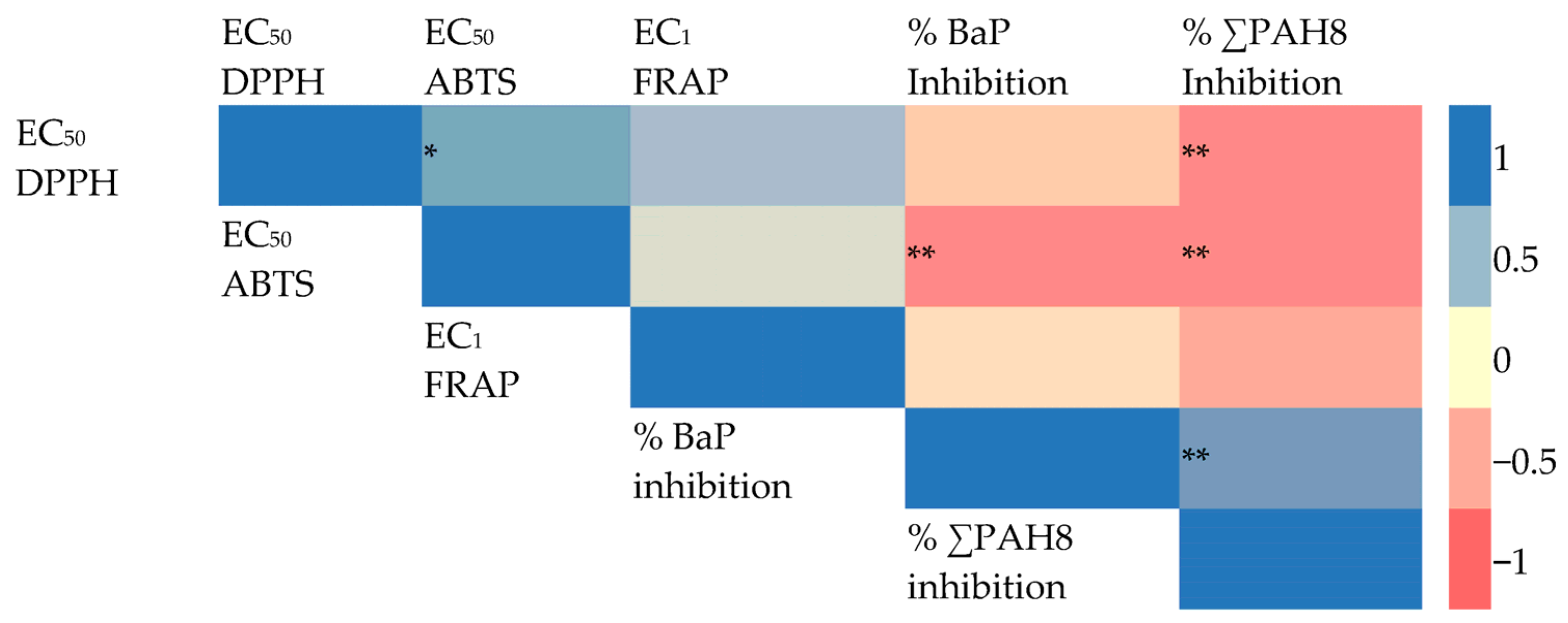
| Flavonoid | Class | Chemical Structure | Structural Formula | Molecular Formula | |||||||
|---|---|---|---|---|---|---|---|---|---|---|---|
| R3 | RÍ5 | R7 | R2′ | R3′ | R4′ | R5′ | Presence of C2 = C3 | ||||
| Kaempferol | Flavonol | 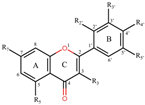 Flavonol | OH | OH | OH | H | H | OH | H | / | C15 H10O6 |
| Quercetin | Flavonol | OH | OH | OH | H | OH | OH | H | / | C15 H10O7 | |
| Morin | Flavonol | OH | OH | OH | OH | H | OH | H | / | C15 H10O7 | |
| Myricetin | Flavonol | OH | OH | OH | H | OH | OH | OH | / | C15 H10O8 | |
| Rutin | Flavonol glycoside | Ogl | OH | OH | H | OH | OH | H | / | C276H30 O16 | |
| Taxifolin | Flavanonol | 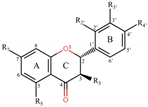 Flavanonol | OH | OH | OH | H | OH | OH | H | - | C15 H12O7 |
| PAHs | Abbv. | Retention Time (min) | LODs (µg/kg) | LOQs (µg/kg) | R2 | Recovery (%) |
|---|---|---|---|---|---|---|
| Benz[a]anthracene | BaA | 10.39 | 0.03 | 0.09 | 0.9952 | 109.4 |
| Chrysene | Chry | 10.41 | 0.03 | 0.12 | 0.9860 | 84.5 |
| Benzo[b]fluoranthene | BbF | 11.39 | 0.05 | 0.15 | 0.9972 | 105.4 |
| Benzo[k]fluoranthene | BkF | 11.40 | 0.05 | 0.15 | 0.9990 | 70.1 |
| Benzo[a]pyrene | BaP | 11.65 | 0.05 | 0.15 | 0.9954 | 102.5 |
| Indeno[1,2,3-cd]pyrene | InP | 12.69 | 0.01 | 0.12 | 0.9942 | 106.7 |
| Dibenz[a,h]anthracene | DahA | 12.70 | 0.01 | 0.15 | 0.9918 | 101.6 |
| Benzo[g,h,i]perylene | BghiP | 12.94 | 0.01 | 0.15 | 0.9990 | 90.7 |
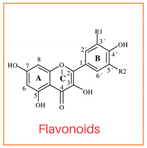 | 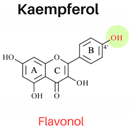 |  | 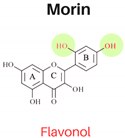 | 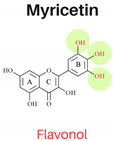 | 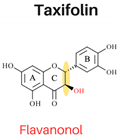 | 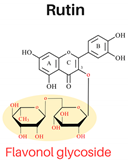 | |||||||
| Antioxidant activities | |||||||||||||
| DPPH EC50 (mg mL−1) | 27.63 ± 0.52 b | 18.43 ± 0.57 c | 27.14 ± 0.82 b | 13.77 ± 0.52 d | 29.68 ± 0.05 a | 26.05 ± 1.45 b | |||||||
| ABTS EC50 (mg mL−1) | 17.11 ± 0.12 b | 7.41 ± 0.16 d | 14.89 ± 0.63 c | 5.78 ± 0.31 c | 17.68 ± 0.01 b | 33.46 ± 0.54 a | |||||||
| FRAP EC1 (mM) | 0.27 ± 0.002 b | 0.16 ± 0.007 c | 0.23 ± 0.001 e | 0.15 ± 0.004 e | 0.39 ± 0.012 d | 0.22 ± 0.007 a | |||||||
| PAH inhibitory effects | |||||||||||||
| PAH | Control (μg kg−1) | μgkg−1 | Inhibition | μgkg−1 | Inhibition | μgkg−1 | Inhibition | μgkg−1 | Inhibition | μgkg−1 | Inhibition | μgkg−1 | Inhibition |
| BaA | ND | ND | - | ND | - | ND | - | ND | - | ND | - | ND | - |
| Chry | 7.26 ± 1.05 ab | 5.38 ± 0.01 ab | 25.9% | 9.39 ± 0.99 ab | −29.3% | 9.06 ± 1.22 ab | −24.8% | 5.48 ± 0.93 b | 24.5% | 11.84 ± 2.99 a | −63.1% | 11.44 ± 3.19 a | −57.5% |
| BbF * | 1.78 ± 2.52 | 1.57 ± 0.31 | 11.9% | ND | 100% | ND | 100% | 0.57 ± 0.26 | 68.2% | 0.66 ± 0.01 | 62.9% | 0.43 ± 0.61 | 75.8% |
| BkF | 6.92 ± 0.37 a | 1.83 ± 0.71 bc | 73.6% | 0.82 ± 0.24 b | 88.1% | 0.39 ± 0.09 c | 94.3% | 0.14 ± 0.20 c | 98.0% | 2.73 ± 1.78 bc | 60.6% | 4.00 ± 2.72 ab | 42.2% |
| BaP | 2.44 ± 0.56 a | 0.18 ± 0.12 b | 92.4% | 0.12 ± 0.05 b | 94.9% | 0.15 ± 0.04 b | 93.7% | 0.06 ± 0.09 b | 97.5% | 1.14 ± 1.19 ab | 53.1% | 2.35 ± 1.17 a | 3.47% |
| InP * | 0.46 ± 0.05 | 0.16 ± 0.07 | 65.3% | 0.18 ± 0.27 | 61.5% | 0.47 ± 0.67 | −3.8% | ND | 100% | 0.68 ± 0.13 | −48.2% | 0.38 ± 0.14 | 17.7% |
| DahA | 23.26 ± 2.46 a | 12.26 ± 2.30 b | 47.3% | 7.57 ± 0.71 b | 67.5% | 8.58 ± 0.20 b | 63.1% | 5.48 ± 2.40 b | 76.4% | 12.42 ± 1.51 b | 46.6% | 9.82 ± 3.2 b | 57.8% |
| BghiP | 0.67 ± 0.09 a | 0.08 ± 0.07 d | 87.4% | 0.21 ± 0.00 cd | 69.5% | 0.29 ± 0.06 bc | 56.8% | 0.19 ± 0.03 cd | 72.3% | 0.38 ± 0.08 b | 42.7% | 0.37 ± 0.02 b | 45.1% |
| Total PAH8 | 42.79 ± 0.77 a | 21.46 ± 1.90 bcd | 49.9% | 18.29 ± 0.82 d | 57.3% | 18.95 ± 2.10 cd | 55.7% | 11.92 ± 1.39 d | 72.1% | 29.86 ± 7.69 b | 30.2% | 28.79 ± 3.13 bc | 32.7% |
Disclaimer/Publisher’s Note: The statements, opinions and data contained in all publications are solely those of the individual author(s) and contributor(s) and not of MDPI and/or the editor(s). MDPI and/or the editor(s) disclaim responsibility for any injury to people or property resulting from any ideas, methods, instructions or products referred to in the content. |
© 2024 by the authors. Licensee MDPI, Basel, Switzerland. This article is an open access article distributed under the terms and conditions of the Creative Commons Attribution (CC BY) license (https://creativecommons.org/licenses/by/4.0/).
Share and Cite
Huynh, T.T.H.; Wongmaneepratip, W.; Vangnai, K. Relationship between Flavonoid Chemical Structures and Their Antioxidant Capacity in Preventing Polycyclic Aromatic Hydrocarbons Formation in Heated Meat Model System. Foods 2024, 13, 1002. https://doi.org/10.3390/foods13071002
Huynh TTH, Wongmaneepratip W, Vangnai K. Relationship between Flavonoid Chemical Structures and Their Antioxidant Capacity in Preventing Polycyclic Aromatic Hydrocarbons Formation in Heated Meat Model System. Foods. 2024; 13(7):1002. https://doi.org/10.3390/foods13071002
Chicago/Turabian StyleHuynh, Thi Thu Huong, Wanwisa Wongmaneepratip, and Kanithaporn Vangnai. 2024. "Relationship between Flavonoid Chemical Structures and Their Antioxidant Capacity in Preventing Polycyclic Aromatic Hydrocarbons Formation in Heated Meat Model System" Foods 13, no. 7: 1002. https://doi.org/10.3390/foods13071002
APA StyleHuynh, T. T. H., Wongmaneepratip, W., & Vangnai, K. (2024). Relationship between Flavonoid Chemical Structures and Their Antioxidant Capacity in Preventing Polycyclic Aromatic Hydrocarbons Formation in Heated Meat Model System. Foods, 13(7), 1002. https://doi.org/10.3390/foods13071002






